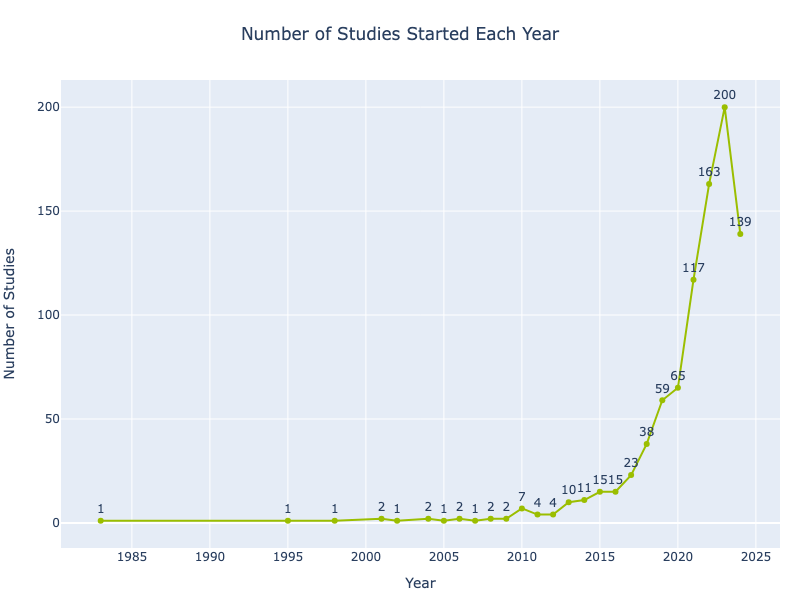If you're exploring rehabilitation options, you may be curious about the differences between Physical Therapy and Occupational Therapy. Both are essential in helping individuals recover from injuries or illnesses, but they focus on different aspects of patient care.
Here's a comprehensive guide on how these two therapies differ and how each can benefit you.

What is Physical Therapy?
Physical Therapy (PT) is a healthcare profession that aims to improve a patient's movement and physical function. Physical therapists work with patients to reduce pain, restore mobility, and prevent disability resulting from disease, injury, or surgery.
Key Objectives of Physical Therapy:
- Pain Management: Utilizing exercises and manual therapy to alleviate discomfort.
- Improving Mobility: Enhancing flexibility, strength, and coordination.
- Rehabilitation: Assisting recovery from injuries, surgeries, or chronic conditions.
- Prevention: Educating patients on exercises and habits to prevent future injuries.
What is Occupational Therapy?
Occupational Therapy (OT) focuses on enabling individuals to participate in daily activities or "occupations" that are meaningful to them. Occupational therapists help patients adapt tasks or environments to improve their ability to perform everyday activities.
Key Objectives of Occupational Therapy:
- Enhancing Daily Living Skills: Assisting with tasks like dressing, eating, and personal hygiene.
- Home and Workplace Modification: Adapting environments for accessibility and safety.
- Cognitive and Emotional Support: Addressing mental health and cognitive processes.
- Promoting Independence: Helping patients perform tasks independently or with minimal assistance.
Core Differences Between Physical and Occupational Therapy
While both therapies aim to improve quality of life, they differ in their approaches and focus areas.
Focus Areas:
- Physical Therapy: Concentrates on physical rehabilitation and movement.
- Occupational Therapy: Emphasizes the ability to perform daily activities and roles.
Approach:
- Physical Therapy: Uses exercises, stretches, and physical modalities to restore function.
- Occupational Therapy: Adapts tasks and environments to fit the patient's needs.
When Should You Consider Each Therapy?
Physical Therapy May Benefit You If:
- You have mobility issues due to injury or surgery.
- You're experiencing chronic pain affecting movement.
- You need to improve physical strength and flexibility.
Occupational Therapy May Benefit You If:
- You're struggling with daily activities due to physical, mental, or cognitive challenges.
- You need adaptations at home or work for better accessibility.
- You're recovering from a condition affecting your ability to perform routine tasks.
Can You Receive Both Therapies?
Yes, combining PT and OT can provide a comprehensive rehabilitation plan. For instance:
- After a Stroke: PT helps regain physical function, while OT assists with relearning daily activities.
- In Chronic Conditions: PT manages pain and mobility; OT helps adjust daily routines and environments.
Conclusion
Understanding the differences between Physical Therapy and Occupational Therapy can guide you in choosing the right path for your recovery. Both therapies play vital roles in restoring function and improving quality of life. Consult with healthcare professionals to determine the best treatment plan tailored to your needs.